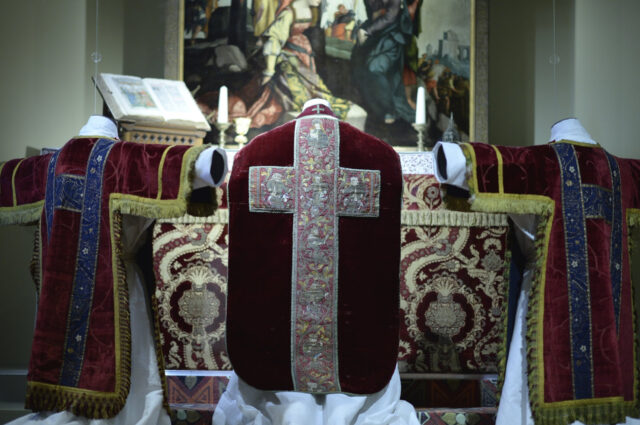
We have all noticed the special attire that priests, ministers, bishops, and cardinals wear, but not many of us know the significance of them, and why they are used. If you have ever wondered why the clothes look like that and what they signify, you’ve come to the right place. Here, we are going to list some interesting facts that you should know about church vestments, and what they represent.
1. Why are they worn?
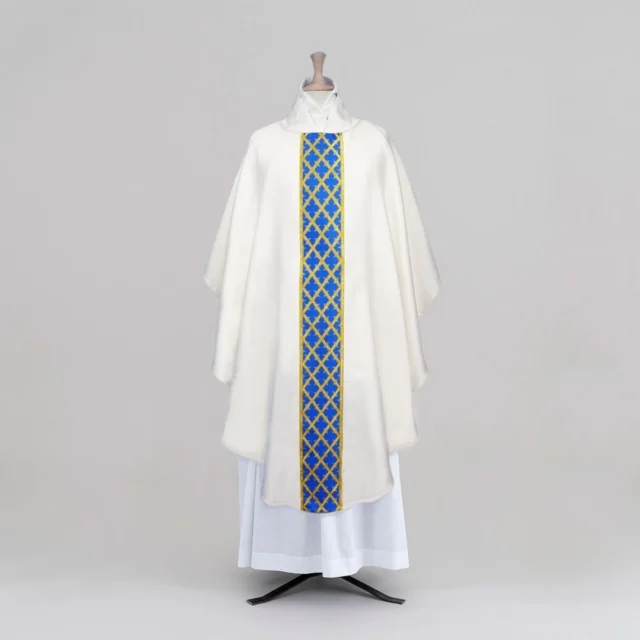
The first thing we are going to start with is telling you why they are worn by priests. They have several different purposes and the main one is so they can conceal the distractions that come with modern clothing and to help priests show their devotion to God. They are easily recognizable, even if you are not a follower of Christianity, and you cannot mistake them for something else.
They are also utilized to define what is appropriate attire for a minister or a priest, and as we will discuss further, there are different types of garments with specific purposes and hues that have a much deeper meaning than just a specific and appropriate attire.
Finally, they are used during services so that everyone who is a part of that service can know that the minister is not holding the service on their own and that they are blessed and appointed by officials who support their teachings and prayers.
2. They are used for specific purposes
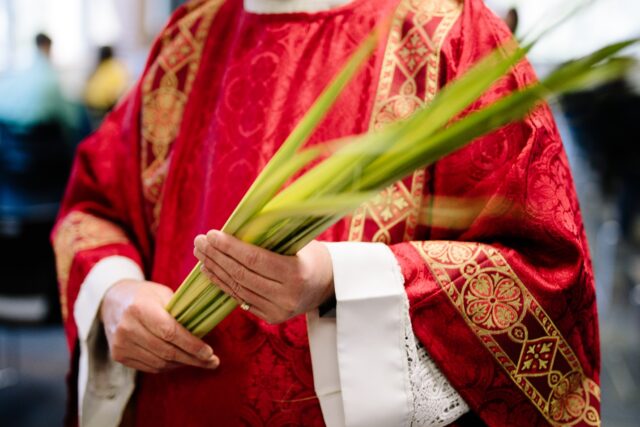
Now let’s talk more about the specific types of vestments and when they are worn. There are many different types, and they all serve their purpose, but there are six main ones that are used in services.
The Chasubles are most commonly worn by Roman Catholic ministers and priests and they are the outer layer of the whole outfit. They are most commonly used in services and masses, even though they can be used for other prayers as well. Similar to them, the
Dalmatics are also used during masses, and they are again used as the outer layer of the attire.
Next, we have the Humeral veils that long, rectangular pieces that are worn not only by Roman Catholic ministers but also in the Anglican and Lutheran religious groups as well.
The priests use them to cover their hands when they are carrying or holding the monstrance. Another similar piece is the overlay stole, and it is used on top of the Church Vestments, and it is placed on both shoulders and it falls across the chest of the priest down to their knees. This part of the attire is worn by ministers, bishops, and priests and it is used during masses and other types of religious services.
The copes are used in the same denominations that we previously mentioned, and they can be worn by bishops and priests. They look and are worn like capes and they are most commonly used during morning or evening masses, even though they can be used for other purposes as well. Finally, we have the mitres, which are headdresses or types of hats that are used for a number of purposes and they are most commonly used by abbots and bishops.
As you can see on Watts and Co, there are a lot of different types of Church Vestments, and they come in different types, colors, and they all serve a different purpose. All of them need to be manufactured properly so they can represent the purpose they are used for.
3. There are different colors of them

There are many different colors that can be used during services and for these Church Vestments, and each color has a different significance.
There were many questions about why different church officials are wearing so colorful attire, and it is said that the main reason why this started happening in the old days was so that people can easily recognize people of God and approach them if needed.
Note that colors are also used to represent different officials that are wearing them and in some cases to even show the rank of the official you are approaching.
4. Every color has its significance
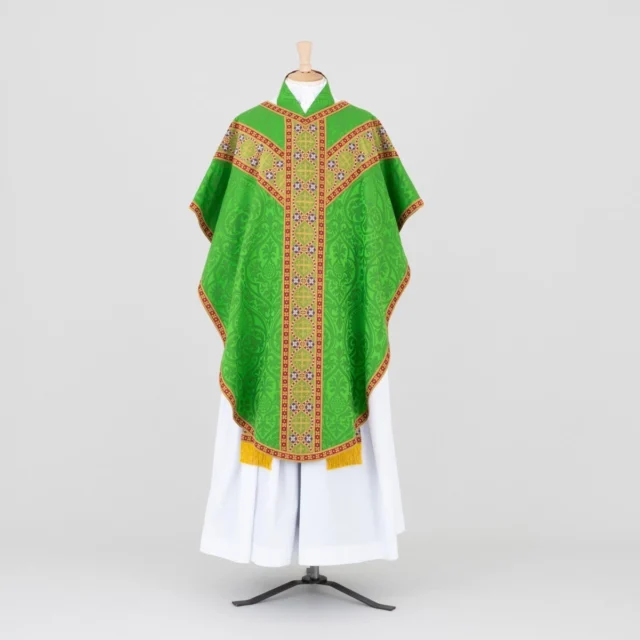
The color that we most commonly pay attention to is gold and we can also see a lot of white attire. The clothes that are worn in these hues are usually used during important days like Easter and Christmas and they are used to symbolize the birth and resurrection of Christ. Red is used to symbolize the passion of Christ and these garments are used during feasts and celebrations. It represents Jesus’ blood and this attire can be worn by priests, the pope, and cardinals.
Purple is usually connected to wealth and riches, but when it comes to church attire, it is most commonly used to signify suffering, sadness, and sorrow. These clothes are worn during the Advent season. Finally, we have blue and green hues and attire that is worn in these colors. The former signifies the hope that came with the resurrection of Jesus, and the latter is most commonly connected to the Virgin Mary and it is worn to honor her.
5. Black vestments are rarely worn
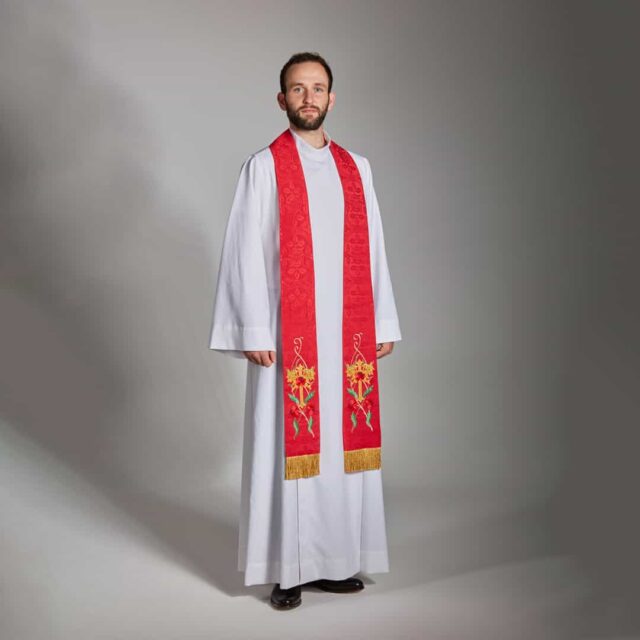
Now let’s talk about a color that you cannot see too often. Another color that we did not previously mention is gray, and this is most commonly used by monks. It was adopted in the early days so that these people can show that they are devoting their lives only to prayer and penance. Note that today, this is also a color that you can rarely see in Church Vestments, and it is still used only by monks.
Finally, we have black. This attire is used only for funerals, and even though in the past it was utilized for other purposes as well, today it is most commonly used to show grievance. Note that it can also be used every day in clerical garb.
These are some of the things that you should know about vestments and their significance. If you are interested in knowing more about them and things that are connected with them, you can always talk to your priest or a church official and ask them to share more information about the attire.






